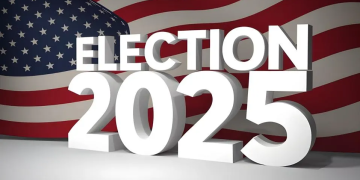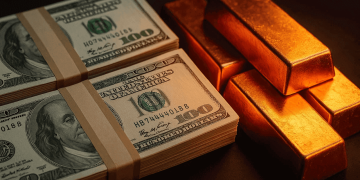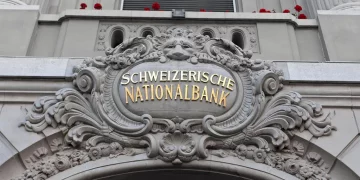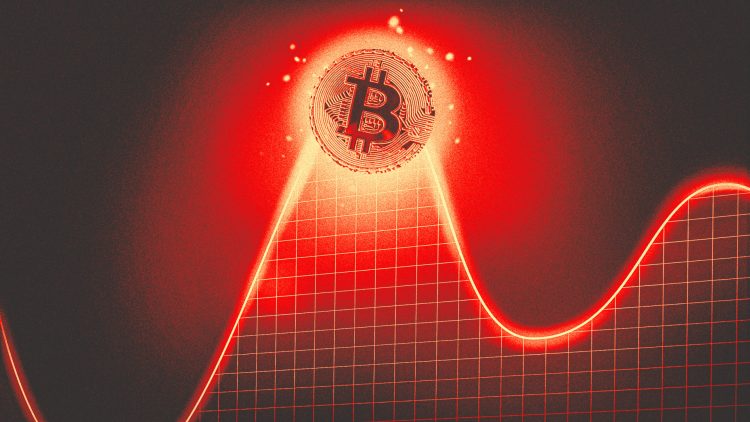The Return of the Retail Army: What’s Behind the 2025 Meme Stock Revival
Nearly four years after GameStop’s infamous short squeeze rewrote the playbook for retail investing, markets are once again witnessing a surge in meme stock activity that echoes the chaotic exuberance of 2021. What started in early 2025 as isolated bursts of volatility in obscure small caps quickly turned into a broader phenomenon: low-float stocks with high short interest—often coupled with shaky fundamentals—have rocketed in price, fueled not by earnings potential, but by community-driven momentum. Reddit’s WallStreetBets has seen a spike in engagement. Twitter (now X), TikTok, and Discord channels are ablaze with rocket emojis, diamond hands, and highly speculative trade theses. But is this merely a nostalgic rehash of GameStop, AMC, and Bed Bath & Beyond? Or does the current wave of meme stock speculation reflect a deeper structural change in the market’s psychology? With improved trading platforms, broader options access, and real-time sentiment tools, retail traders are not only back—they may be evolving. Understanding the roots of this revival requires a close look at today’s social sentiment trends, short interest metrics, and institutional responses to this new breed of crowd-fueled volatility.
Social Sentiment in the Age of TikTok Traders and AI Bots
The meme stock phenomenon of 2025 is more sophisticated than its predecessor. It’s not just about Reddit anymore. AI-driven sentiment tools, influencer stock picks, and algorithmically generated hype have joined the party. Apps like StockTwits, Finimize, and even AI plug-ins for TradingView now parse Reddit, X, and TikTok in real-time to quantify retail sentiment. The rise of TikTok’s “Finfluencers” has transformed financial commentary into snackable, emotionally charged soundbites—complete with technical overlays, memes, and call option screenshots. Popular creators now have direct influence over intra-day volumes in small- and mid-cap stocks. Real-time sentiment dashboards show that stocks like Carvana, Beyond Meat, and Nikola are being driven by emotional momentum rather than balance sheets. Reddit threads analyzing options chains and short interest data frequently drive mass coordination. Discord servers with 10,000+ retail members can deploy capital at scale, often targeting thinly traded stocks with over 20% short interest and visible gamma exposure. This is not 2021’s retail crowd—it’s a digitally armed, algorithmically informed swarm. Sentiment is now a tradable signal, and institutions are taking notice.
Short Interest as a Catalyst: From Squeeze to Strategy
Short interest remains the gasoline to meme stock fire. Traders actively screen for names with high short float percentages, often those above 25%, as potential candidates for coordinated squeeze attempts. These aren’t just passive trades; they are surgical operations designed to trigger forced buy-ins, margin calls, and options dealer hedging. While GameStop had a short interest over 100% at its peak, today’s targets like SunPower, Upstart, and Canoo are seeing rapid build-ups in bearish positions—inviting aggressive contrarian plays. Platforms like Ortex and S3 Partners offer real-time updates on short interest and borrow rates, allowing retail traders to scout for the next pressure point. The difference now is speed: the feedback loop between short interest increases and retail mobilization is measured in hours, not days. Call option flows are another key input. Meme stock rallies often coincide with surging OTM (out-of-the-money) call buying—driving market makers to hedge by buying the underlying stock, thus pushing prices even higher. Known as a gamma squeeze, this mechanism has become a core feature of the meme stock trading playbook. The overlap of social sentiment and technical triggers creates a volatility cocktail that’s difficult for traditional risk models to digest.
High-Risk, High-Reward Meme Stock Picks for 2025
Unlike 2021, today’s meme stock candidates span multiple sectors and include both familiar and newly minted tickers. Analysts monitoring retail forums, options activity, and short reports have identified several recurring names. Carvana (CVNA), despite improving fundamentals, remains highly shorted and often shows up in meme trading scans. Beyond Meat (BYND) continues to draw attention due to its extreme volatility, high borrow cost, and retail brand recognition. Others include Nikola (NKLA), BlackBerry (BB), and even newly listed microcaps with speculative business models in AI, EV, and biotech. Tickers like SoundHound AI (SOUN), BigBear.ai (BBAI), and Ginkgo Bioworks (DNA) have gained cult-like followings. These are not investments—they’re momentum trades driven by groupthink and short-term narrative. Some retail traders embrace the gamble, posting screenshots of 1000% gains on LEAP options. Others frame it as a battle between the “little guy” and Wall Street. Either way, these stocks often exhibit zero correlation with fundamentals, and risk levels are extreme. This is Vegas with a ticker tape—lucrative for the lucky, brutal for the ill-prepared.
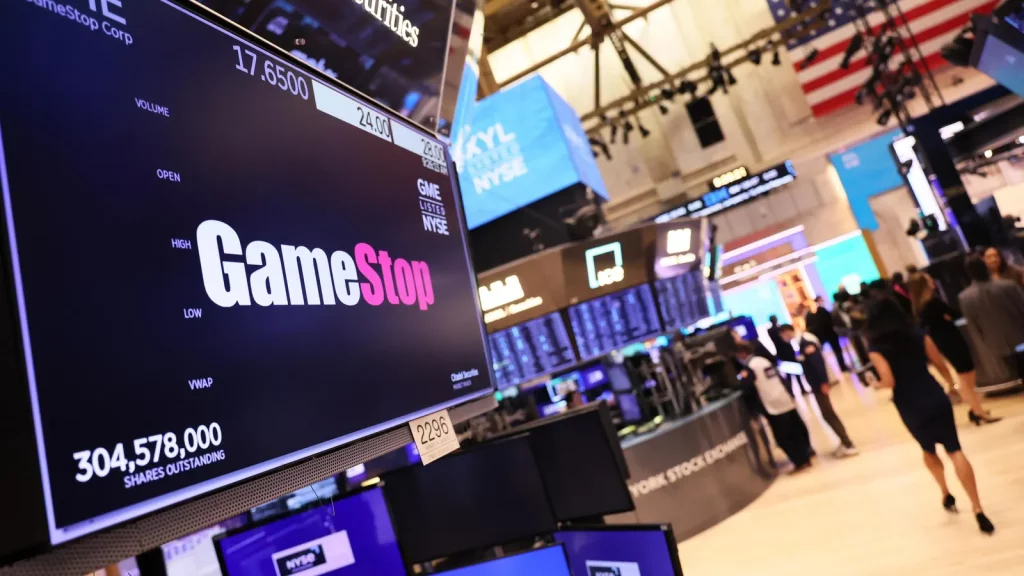
Institutional Adaptation: From Dismissal to Defensive Hedging
In 2021, most institutional investors dismissed meme stock volatility as retail mania. Today, they are actively adjusting portfolios, risk models, and even execution strategies to account for it. Hedge funds now monitor Reddit sentiment feeds and use alternative data providers like YipitData and Thinknum to detect early retail waves. Some are going long meme names via structured products while shorting the basket to hedge exposure. Others engage in gamma hedging by selling deep OTM calls to retail buyers, capturing premium from overly bullish bets. Asset managers are incorporating meme-risk into portfolio construction by reducing exposure to highly shorted small caps, or by layering protective puts on names that show up frequently in social sentiment feeds. Market makers have also adjusted. Many now apply real-time machine learning tools to detect surging retail volume and dynamically widen bid-ask spreads in meme-prone tickers. Even brokerages like Robinhood and E*TRADE have revamped risk disclosures around high-volatility names, warning users about liquidity gaps and execution lags. Meme stocks are no longer a sideshow—they are now a quantifiable risk vector in institutional playbooks.
Retail Infrastructure Upgrades: Tools of the New Meme Trade
The infrastructure supporting retail trading has matured significantly since 2021. Fractional share platforms, 24/5 trading windows, and zero-commission options have removed traditional frictions. Robinhood, Public, Webull, and SoFi now offer options trading with social sentiment overlays. Meanwhile, tools like Unusual Whales, Fintel, and Barchart are now common retail dashboards for short data, dark pool flows, and implied volatility trends. AI bots that scrape Reddit and output trading signals are increasingly used by semi-professional retail traders. Mobile-first trading apps allow for immediate participation in retail-driven pumps, and some even gamify trading with push alerts when “meme buzz” spikes. This accessibility has narrowed the tech gap between retail and institutional players. Combined with global participation—from retail traders in Korea, India, and Brazil—the meme stock phenomenon has become truly borderless. The implication: coordinated volatility is now a global retail force, harder to regulate, track, or suppress.
Risks: Illiquidity, Regulatory Scrutiny, and False Narratives
Meme stocks offer adrenaline-fueled returns, but they come with amplified risks. Liquidity can evaporate in minutes. Sudden halts due to circuit breakers or regulatory inquiries can lock in devastating losses. While the SEC has increased transparency around short disclosures and dark pools, the regulatory framework still lags the speed of meme trade mechanics. There’s also the danger of manipulation: coordinated pump-and-dump schemes disguised as community enthusiasm have grown more sophisticated. Retail traders may also fall victim to false narratives or misleading sentiment bots. Psychological risk is equally high. The dopamine hit of rapid gains often masks long-term underperformance, and many retail accounts show high turnover and drawdowns. Institutions, for their part, may begin lobbying for trading restrictions or circuit breaker reforms if meme volatility threatens broader market stability. Ultimately, meme stocks reward agility, not conviction. Traders must treat them as short-term instruments, not long-term holdings—unless underlying fundamentals shift dramatically.
Conclusion: GameStop 2.0 or Something Entirely New?
While many compare the current meme stock wave to GameStop 2021, the landscape has fundamentally changed. The retail trader is more equipped, better informed, and more socially connected than ever before. Social sentiment is now a legitimate market input. Short interest is a catalyst, not a red flag. Meme stocks are no longer isolated—some are repeat players, others are new entrants. Institutional investors, once aloof, are now active participants and hedgers in this space. Yet, the core dynamic remains unchanged: in a market where emotion, story, and community can temporarily override valuation, meme stocks remain a volatile mix of risk and opportunity. Whether this is GameStop 2.0 or the beginning of a new trading culture, one thing is clear: retail isn’t retreating—it’s recalibrating, rearming, and redefining what market participation means in the digital age.



